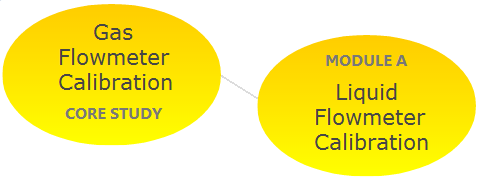| Worldwide Flowmeter Calibration Facilities
and Markets
BOTH STUDIES ARE NOW SHIPPING!
|
Why these Studies are Needed.
The accurate measurement of liquid, gas, and steam in the process industries has become more exacting over time. There are several fundamental reasons for this trend. Users are faced with higher product quality standards, industrial process applications have become more complex, there is an increasing interdependence between measurement types within the more sophisticated process information networks, and the measured fluids themselves are more precious and should not be wasted.
The two studies offered are:
Core
Study: The
World Market for Gas Flow Calibration Facilities
Module
A: The
World Market for Liquid Flow Calibration Facilities
Other factors that play a larger role today must also be considered. These include the current and evolving needs of personnel safety, environmental concerns, and the expansion of process controls to remote and often unattended locations. Clearly, the need for repeatable performance of flow measurement devices to high standards has never been greater.
Of course, all flowmeters are calibrated to a factory accuracy standard before they are shipped for their intended purpose in the field. But it is precisely at this point in time that calibration questions first arise for operators: Was the installation actually completed per manufacturer instructions in every detail? Will the new flowmeter perform to factory specification or will the process affect its accuracy? Will sensors become coated by the process fluid? Will the lining be subject to wear and affect performance? Does our flowmeter have us in full compliance with our custody transfer contract, and how will we know when we are not?
Worldwide Flowmeter Calibration Facilities and
Markets:
Two Studies
All of these questions – and many others – lead the operator to the issues of flowmeter
calibration and recalibration. Fluid flow quantification, whether it is done volumetrically or as a
mass flow measurement, is one of the three primary industrial process control methodologies.
 |
Flow Research, Inc. 27 Water Street Wakefield, MA 01880 (781) 245-3200 (781) 224-7552 (fax) info@flowresearch.com |
